Last Updated: July 21, 2021 / 12:06 IST
Aatmanirbharta
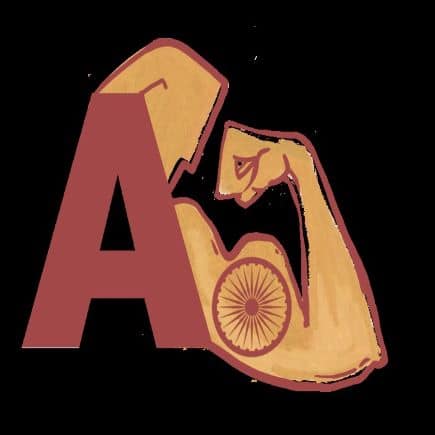
Self-reliance is not a new concept for the Indian policymaker. This was the primary strategy of socialist India in the years before liberalisation to conserve foreign exchange, boost domestic industry, and so on. For more, see Import Substitution.
Bombay Club
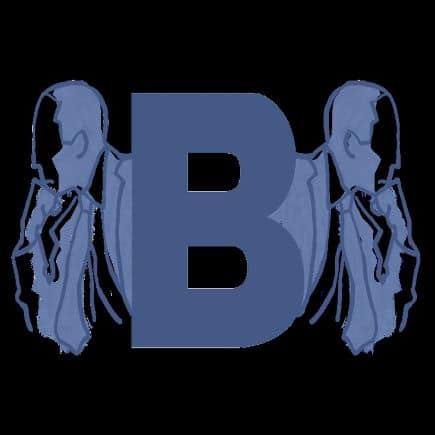
Indian industry did not like all aspects of the economic reforms, particularly the reduction in import duties and the sudden opening up of the economy. The Bombay Club refers to a lobby of leading industrialists who wrote to the government demanding a ‘level playing field’ for Indian companies.
B is also for Bank Nationalisation. In 1969, an increasingly left-leaning Prime Minister Indira Gandhi nationalised 14 big commercial banks. The Reserve Bank of India’s history of the Indian economy calls it the “single most important economic decision taken by any government since 1947.” Yes, even more momentous than the reforms we are celebrating.
B also stands for Broad Banding. This has nothing to do with the internet age. It was a policy that allowed companies to switch production between similar product lines such as trucks and cars. Also check out BICP (Bureau of Industrial Costs and Pricing), and BIFR (Board for Industrial and Financial Reconstruction), which still exist in one form or another.
Commanding Heights

Another term synonymous with socialist policies comes to us from Lenin via Jawaharlal Nehru. It refers to the State pushing growth through public sector enterprises in sectors such as heavy machinery, roads, iron & steel etc.
C also stands for Canalisation. This term refers to the policy of public sector enterprises importing on the behalf of all importers. After liberalisation, de-canalisation allowed importers to buy goods from overseas markets on their own.
C is also for Cash Compensatory Scheme, a cash subsidy scheme for exports to compensate for high taxes and give them resources to develop new products. Also check out, Controller of Capital Issues, the forbear of today’s Securities and Exchange Board of India.
Devaluation
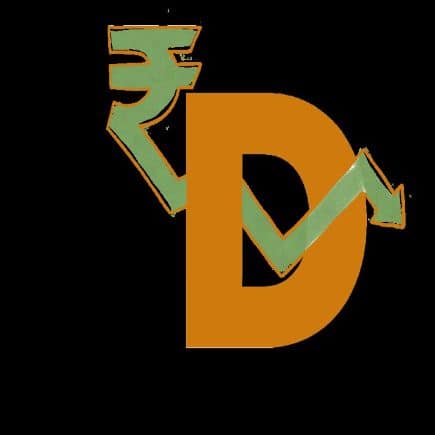
In the years before liberalisation, the Indian Rupee was pegged to a basket of currencies (and the Pound Sterling). In 1991, owing to the balance of payments crisis, the rupee’s value was decreased twice in three days by about 19 percent. The operation was apparently called ‘hop, skip and jump’, and was the second major devaluation after the one stoked by the financial crisis of 1966.
Exim scrips

These were incentives given to exporters – worth about 30 percent of export earnings. The value could be used to offset import duties or the scrips could sold in the open market.
Freight Equalization Policy
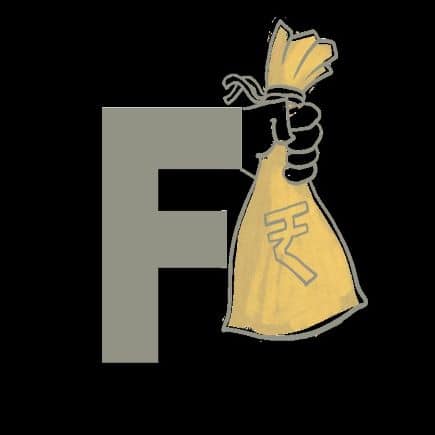
Under this, the government subsidised the transport of minerals to distant locations so that all parts of the country could get industrialised.
F is also for FERA. This was the draconian Foreign Exchange and Regulation Act, forbear to today’s FEMA. As the name suggests, it dealt with foreign exchange controls but was strict to the point of requiring imprisonment for even minor offences.
Green Revolution
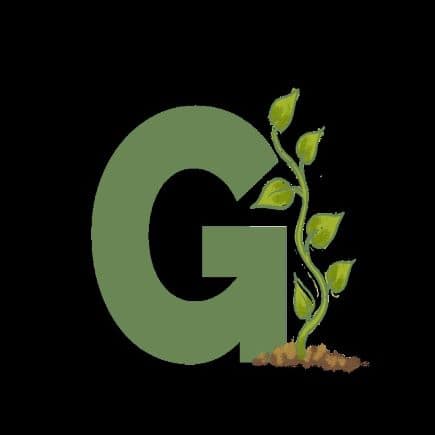
India was home to many a famine in the bygone days. Even after independence, we had to depend on food imports (see PL480). In the 60s, the Green Revolution ushered in modern agricultural practices with the use of technology, high-yielding seed varieties, irrigation, pesticides and so on.
Hindu Rate of Growth

Coined by the economist Raj Krishna, this referred to the lukewarm annual average growth of 3.5 percent in the Indian economy during the pre-liberalisation days. Now, it is politically incorrect to use this term.
Import Substitution
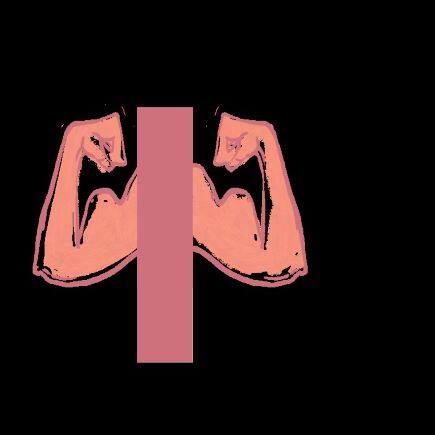
This is Aatmanirbharta by another name. It essentially refers to promoting local goods production and lower dependence on imports.
Jawaharlal Nehru
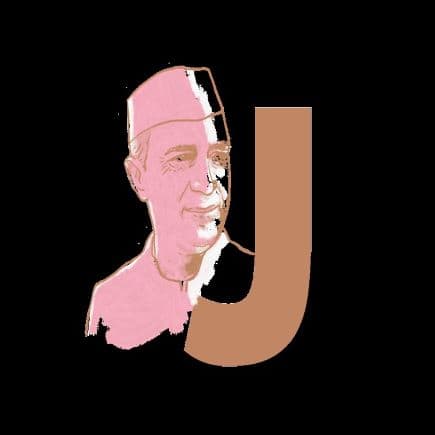
India’s longest serving Prime Minister with a tenure of 17 years, Nehru, with his socialist leanings, had a big say in how the economy evolved. While his ideas may seem out of date today, Nehru had a key role in building several institutions that ensured India remained a democracy unlike several of its neighbours and many other emerging markets.
Kisaan
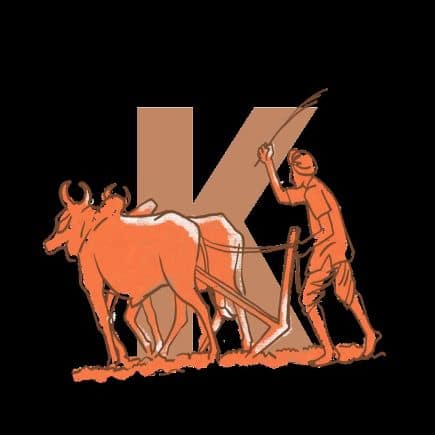
Also called Karshakan in Malayalam, Rythu in Telegu, Vyavasayi in Tamil, and so on. The ever-suffering Indian farmer, an important political constituency, is often equated with the soldier as one who selflessly serves the country. In the 60s, Prime Minister Lal Bahadur Shastri had even coined the slogan Jai Jawan, Jai Kisan. But 75 years after independence, farming is still a low-income occupation for many.
Licence Raj
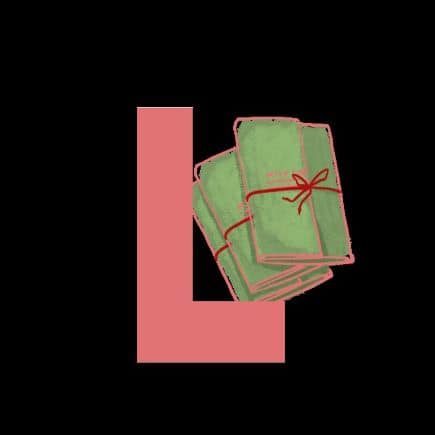
After the British Raj, there was a Licence Raj. This was a restrictive set of policies and regulations which clipped the wings of firms. An entrepreneur had to get permission from the government on what to produce, how much to produce, what price he can charge, what capital he can use and so on. The bureaucracy became all powerful and this system led to much corruption.
L also stands for Loan melas. Started by minister of state for finance, Janardhan Poojary in the 80s, the aim was to boost credit growth and ensure that weaker sections of society had access to bank loans. The end was not so nice as it led to reckless lending, loan waivers, a weakened credit culture and impaired loans. These melas have made a comeback in recent times as the current Union government tries to accelerate economic growth.
Mahalanobis Plan
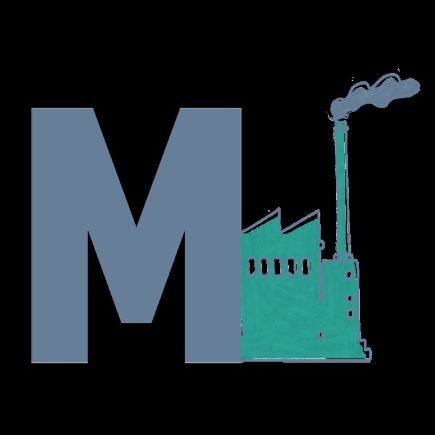
Prasanta Chandra Mahalanobis is the founder of the Indian Statistical Institute. He was also a member of the Planning Commission, and contributed significantly to the second five year plan. His model emphasised the creation of heavy industry.
Non-Aligned Movement
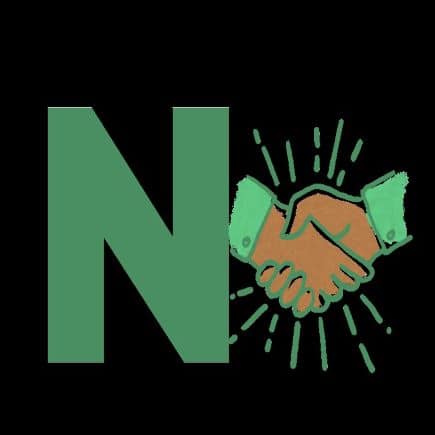
Although he borrowed heavily from the USSR’s model of state-sponsored economic growth, Nehru did not want India to seem close or kowtow to the two prevailing superpowers then. Thus was born the Non-Aligned Movement – an organisation of third world countries, many newly independent, who wanted to chart a middle course between the first world and the Soviet bloc.
Open General Licence
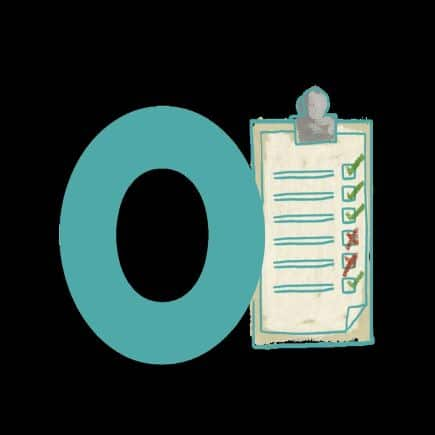
Another feature of the License Raj, this place restrictions on imports. Items on this list did not require specific permission from the Union Commerce Ministry. However, imports were still not free as importers faced other restrictions such as end-user requirements and so on.
Planning Commission

Taking a leaf from the Soviet playbook, India decided to be a planned economy. Five-Year Plans from 1947 onwards were conceptualised and monitored by the Planning Commission, which reported directly to the Prime Minister. In 2014, it was dissolved and replaced by Niti Aayog. Old wine, cough, cough…
P also stands for PL480. Before the Green Revolution, India was dependent on wheat imports from the US under its PL480 programme. This allowed developing nations to purchase good from the US using their own currency and save foreign exchange. However, the US also used it as leverage to meet diplomatic ends such as asking India to temper its criticism of US policy regarding Vietnam.
Queue
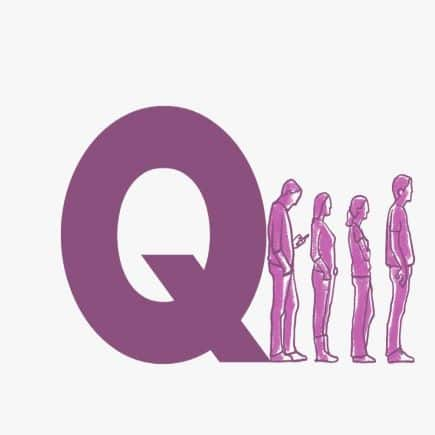
What else? Those long lines for everything from food in ration shops to buying a two-wheeler to getting a telephone. It’s not fully history yet. Millennials got to experience this phenomenon during the demonetisation episode.
Rupee Trade
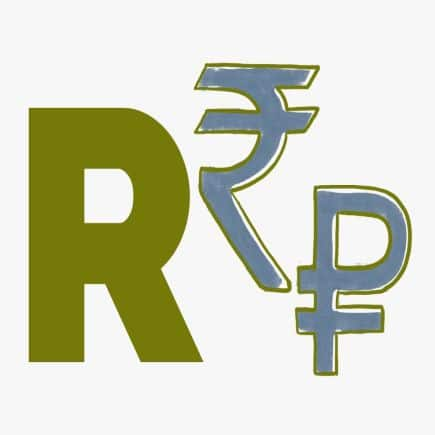
This refers to trading arrangements India had with (mostly) Russia and a few others such as Nepal, Bangladesh and Iran where invoices were made with the rupee, eschewing the use of the US dollar.
Steel Frame

This phrase, coined by Sardar Vallabhai Patel, refers to the Civil Service. The Indian Administrative Service was important in a planned economy to meet the state’s development goals. Over the years, the bureaucracy has become synonymous with red tape so much so that an entrepreneur called it the steel cage.
S is also for Small Scale Reservations. This was the policy of reserving a number of products (around 1000 by the mid-90s) for exclusive production by the small-scale industry. Meant to promote labour-intensive growth, it also had the side effect of keeping firms small
Temples of Modern India

Another term coined by Nehru when the Bhakra Nangal dam was being commissioned, it referred to institutions such as the IITs, steel factories, power plants and dams that would lead to industrial progress and development.
Unemployment/Underemployment

Remember those sometimes angry, sometimes frustrated young men standing in front of No Vacancy boards in 1980s Bollywood movies? It has been a semi-permanent feature of the Indian economy. Now, of course, the talk is all about jobless growth after liberalisation.
Vikaas. a.k.a development
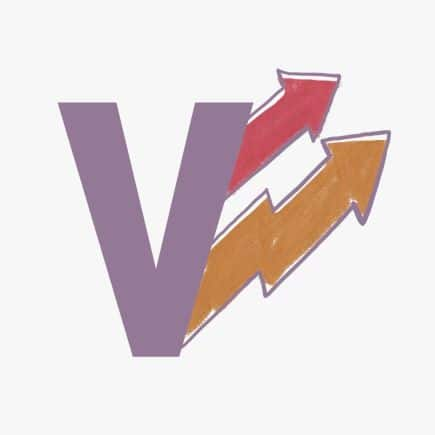
Sometimes present, often elusive, the subject of slogans, to whom politicians pay lip service often.
White Revolution
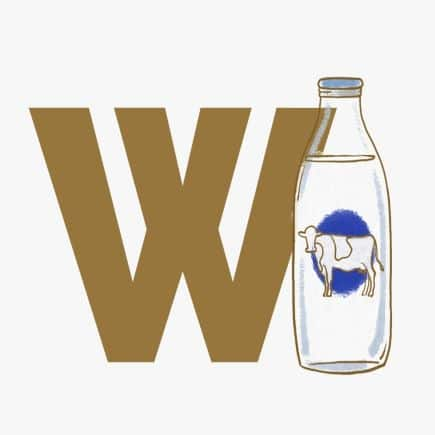
What the Green Revolution was for foodgrains, the White Revolution was to dairy. By the end of the 90s, India was the largest milk producer in the world.
eXit Coco Cola and IBM

The Janata Party government of the late 1970s kicked out these iconic American enterprises because they were not ready to meet FERA regulations.
Yellow Metal
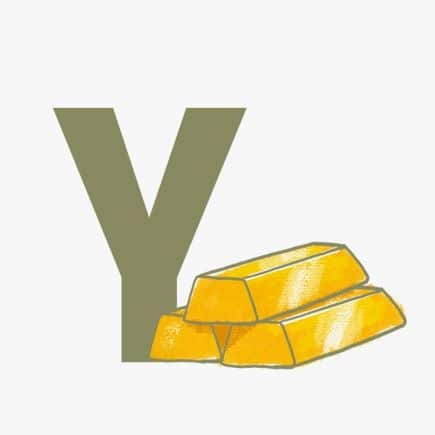
A.k.a Gold, dear to Indians, but also a source of embarrassment in 1991 when India had to pledge its gold reserves with the International Monetary Fund for a loan to stave off the balance of payments crisis.
zzzzz
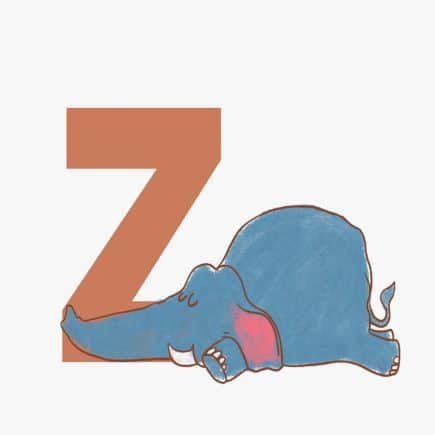
Or a sleeping elephant, a term sometimes used to describe the Indian economy and its potential. According to Prime Minister Modi, the sleeping elephant has woken up, but it seems that it is yet to shake off post-slumber lethargy.